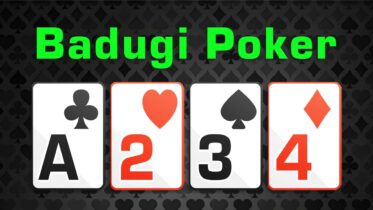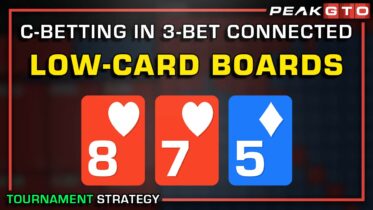According to some reports, Badugi was first played in the 1980s and was invented in Canada under the name “Offsuit Lowball.”
Since then, the game has become popular around the world, especially in the high-stakes poker community, which has accepted it as a regular part of the mixed games rotation.
If you are just learning poker rules or you are new to Badugi poker, you are in the right place. We aim to teach you the basic rules of Badugi and some simple strategies you can apply in your first game.
- What Is Badugi Poker?
- Step #1 – The Dealer, Blinds, and Hole Cards
- Step #2 – First Draw and Second Betting Round in Badugi Poker
- Step #3 – Second Draw and Third Betting Round in Badugi Poker
- Step #4 – Third Draws and Fourth Betting Round in Badugi Poker
- Step #5 – Showdown in Badugi Poker
- Player Actions in Badugi Poker
- Poker Hand Rankings in Badugi
- Basic Badugi Strategy
- Where to Play Badugi Poker
- Badugi Poker FAQ
What Is Badugi Poker?
If you are used to playing classic poker games like Texas Hold’em or Pot Limit Omaha, you will be somewhat unfamiliar with the rules and betting patterns of Badugi.
On the other hand, if you have played draw poker games like Five Card Draw or 2-7 Triple Draw, you will have a better understanding of Badugi right out of the gate.
In either case, we will explain all the Badugi poker rules you need to know from scratch, so there is no reason for concern.
Unlike most poker games, whose ultimate goal is to create the best possible five-card poker hand, Badugi is a four-card game, which means your final hand will be made up of exactly four cards.
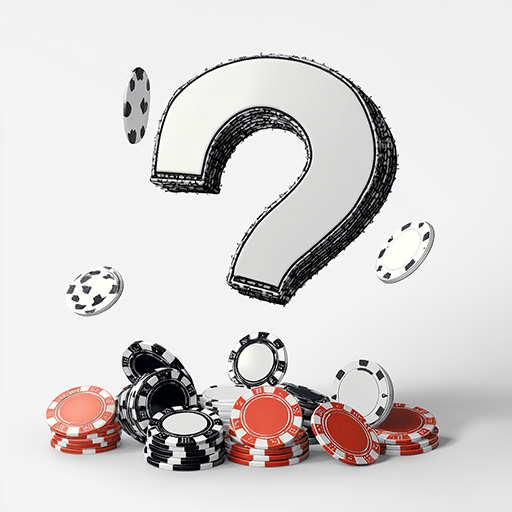
Badugi is also a draw game, which means there are no community cards in play. Instead, each player is dealt exactly four cards, and they get three opportunities to draw and try to improve their hand.
The objective of the game is to make the lowest possible combination of cards of different suits and ranks without any duplicates.
The best possible hand in Badugi is 432A of different suits. Any hand made up of four cards of different suits and without any pairs is called a badugi hand, while cards or one suited card only come into play if no one has a made Badugi at showdown.
Step #1 – The Dealer, Blinds, and Hole Cards
Each hand of Badugi poker starts with the dealer button assigned to one player. For the first hand of the day, the dealer is assigned randomly. From there, it moves one spot to the left each hand.
The two players to the left of the dealer must post the small blind and big blind, which is something No Limit Hold’em players should be well acquainted with. In fact, all of the poker positions that No Limit Hold’em or Pot Limit Omaha are accustomed to apply in Badugi as well.
Once these two forced bets are in place to drive the action, each player is dealt four hole cards, face down. Neither these cards nor any other cards are exposed at any point during a hand of Badugi.
This makes Badugi quite different from games with community cards or Stud games, where quite a few cards are exposed and made visible to every player at the table.
Once each player at the table has received their four cards, the first betting round can commence. Starting from the player to the left of the big blind, each player gets to act on their hand.
Badugi is typically played with a limit betting structure, which means you can only make bets in fixed increments rather than bet and raise to your desired amount.
Step #2 – First Draw and Second Betting Round in Badugi Poker
Once the first betting round is completed, each hand of Badugi proceeds to the first of the three draws, where players get a chance to improve their hands.
The first draw flows in a slightly different order than the first betting round, as the player in the small blind gets the first action if they still have cards.
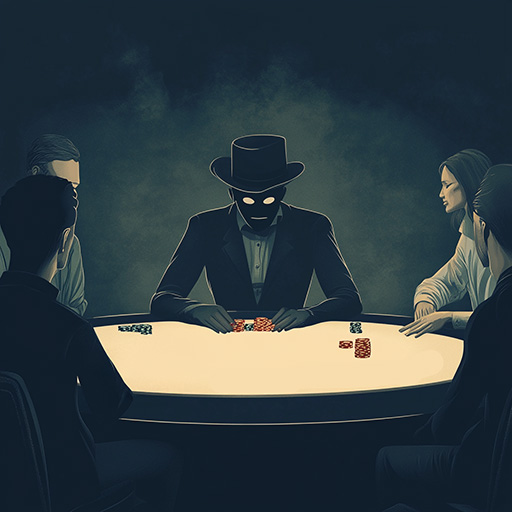
Each active player at the table gets to discard between one and four cards and receive new cards as replacements for those cards.
The goal of the draw is to try and replace your bad cards with good ones. For instance, if you have three low cards of three suits and one suited card, you may want to throw the suited card away and look for the fourth suit to complete your Badugi.
After the first draw is completed, players get a chance to make bets once again, as the second betting round starts with the small blind. Once again, every player can make bets in fixed increments.
A maximum of four bets are allowed per street, which means one bet and three raises can be made before the betting street is capped out, and no further raising can be made.
Step #3 – Second Draw and Third Betting Round in Badugi Poker
Following the successful completion of the first draw and the ensuing betting round, players get another chance to draw before getting another chance to bet.
The second draw is identical to the first draw, with all remaining players getting a chance to discard between one and four cards and get new cards instead.
Once the second draw is completed, another betting round starts, and players get a chance to make up to four bets on this penultimate betting street.
Step #4 – Third Draws and Fourth Betting Round in Badugi Poker
The third draw is also the final draw in the hand of Badugi and a final chance for players to improve their hands.
The third Badugi draw is the same as the first two, with each player allowed to exchange up to four cards of their choosing.
Of course, you will typically not see anyone drawing more than one card on the third draw, as hands that need that much help have very low equity and normally get folded on the previous betting street.
Regardless of how many cards are drawn, players are given one last betting opportunity after the third draw, with the betting round following the same pattern as the previous one.
Once all betting is completed, the hand proceeds to a showdown if more than one player is still active.
Step #5 – Showdown in Badugi Poker
When all drawing and betting is completed, each Badugi hand proceeds to a showdown. At showdown, the dealer will compare hands and look for a winner if more than one player is active in the hand.
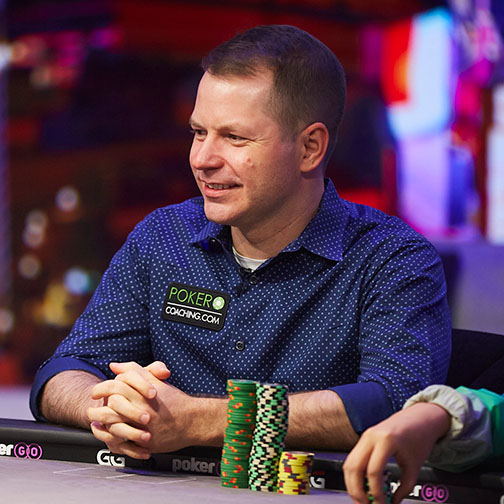
The showdown follows a typical poker flow, where the player who made the last aggressive action is expected to show their cards first.
If no such action was taken during the last betting round, players should turn their cards over, starting with the small blind and ending with the dealer button.
However, poker etiquette dictates that you should turn your cards over if you believe you have the best hand based on the action flow, regardless of your position.
Once the cards are on their backs, the dealer will compare them and award the pot to the best hand on the table.
If two hands happen to be identical, which is not often the case in Badugi, the pot is split between the two players, regardless of which suits each player has in their hand.
Player Actions in Badugi Poker
Much like many of the easiest poker games to learn, Badugi is relatively simple in terms of basic actions and game flow, and it follows the same betting patterns as more popular poker games like No Limit and Limit Texas Hold’em.
If you have played these games or Five Card Draw before, you will probably know what options you have already, but it’s still worth refreshing your memory.
The one thing that’s different in Badugi is that all betting is done in a limit betting pattern, which means you can only bet in fixed increments, which is something no limit players typically need some adjusting to.
In either case, the potential actions you can take in Badugi are:
- Fold: If you don’t like your cards, you can discard them and move on to the next hand without investing further chips.
- Call: You can match the value of the current bet or raise without making further raises. You will proceed to the next round unless another player makes a raise behind you.
- Raise: If there is an active bet in front, you will have the option to take the betting to the next level and put in another bet.
- Bet: If there is no active bet in front, you will have a chance to make that first bet and force your opponents to either call or raise your bet or fold their cards.
- Check: Whenever there is no active bet in front, you will also have the option to simply pass the action to the next player without making any bet.
Poker Hand Rankings in Badugi
The poker hand rankings in Badugi are quite a bit different than those in classic poker games for a number of reasons.
First of all, Badugi is played with just four cards, so typical poker hands like full houses, straights, and flushes would not be possible.
Furthermore, Badugi is a lowball game, which means you are looking to collect low cards and cards of different suits instead of your typical poker combos, like pairs.
In fact, pairing up or getting cards of the same suit is the worst thing that can happen to you in Badugi, as such hands have virtually no value and are ranked very low in the game.
Instead, you are looking to collect low cards of different suits and without any pairs, which can be a bit tricky at times.
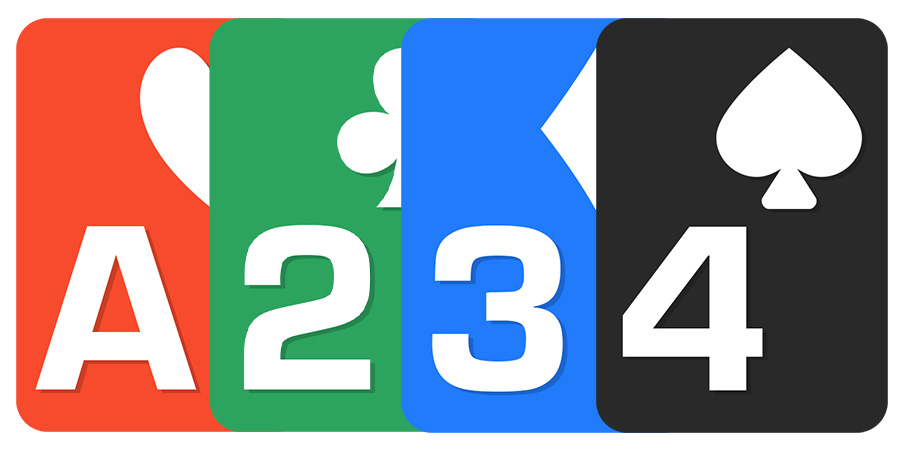
Here are a few examples of hands you might start with in Badugi:
- Badugi: 4s3d2cAh
- Three Card Hand: 6d4c2h2s
- Two Card Hand: 5h5s3h3s
- One Card Hand: 9s6s3s2s
Having a completed Badugi, especially one with low cards in it, is the ideal start. You will want to reach a showdown with a reasonably low Badugi for a chance to win the hand against another Badugi.
In all other situations, you will usually want to draw at least one card, with three card hands very common. In these situations, you want to discard the suited or paired card and look to improve into a Badugi.
Two-card and one-card hands are typically the worst possible hands to start with in Badugi, but they can sometimes be used as bluffing hands if the cards in them are particularly low.
Basic Badugi Strategy
Like in all poker strategy, position is extremely important in Badugi, as it allows you to make plays that would normally not be possible.
Playing in position, you will have a chance to see players act before you in both drawing and betting rounds, giving you a significant edge.
Seeing a player in front of you draw two cards may be enough to encourage you to stand pat with a trash hand and try to bluff them out on later streets or represent having hit your one card draw after they check to you.
Playing out of position, on the other hand, you are often left guessing and playing only your cards, which is never the ideal scenario in any poker game.
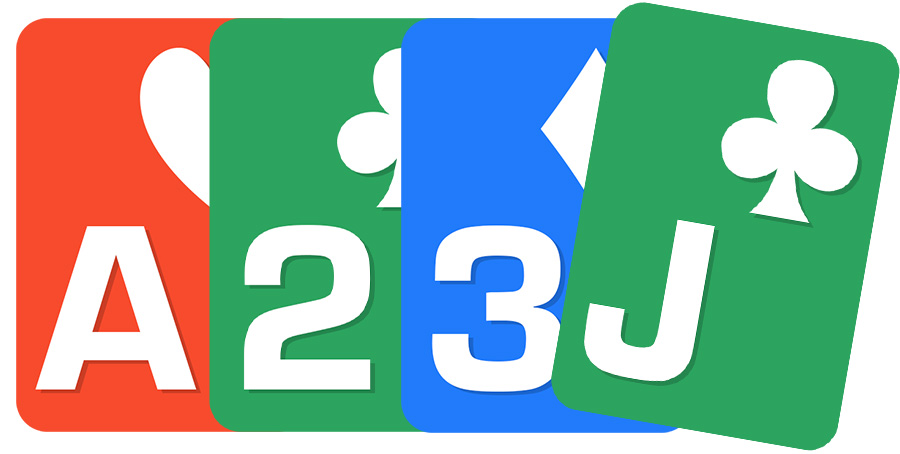
As you learn to play the game, you will discover and learn more strategic elements, but for the time being, remember that position is key, and you should only play your premium starting hands when you are not in a good position.
Where to Play Badugi Poker
Perhaps the biggest challenge in terms of learning how to play Badugi and advancing your skills in the game comes from finding a place to play Badugi regularly.
The game is not spread too often in cash games or tournaments as a standalone format but instead is usually included in mixed games.
If you want to become a good Badugi player playing live poker, you will probably be best off looking for mixed games venues that include Badugi (or its variants like Baducey and Badacey) or mixed games tournaments that include Badugi in the rotation.
In the meantime, there are several online poker sites that offer Badugi tournaments and Badugi cash game tables where you can hone your skills for significantly lower stakes and master the game without having to make a big investment.
Badugi Poker FAQ
How do you play Badugi poker?
Badugi is a four-card lowball draw poker game. Each player is dealt four cards and has three draws to improve their hand. Hands are ranked according to lowball rankings, where low and unpaired cards of different suits beat other cards, making 432A of different suits the best possible hand.
What is the best hand in Badugi?
The best possible hand you can have in Badugi is 432A of four different suits. Any hand with unpaired cards of different suits is called a Badugi. If two of the cards in your hand are suited, your hand will lose to any Badugi.
Does a Badugi beat any three-card hand?
Yes! Any four cards of different suits and without pairs will beat any hand that has a pair or two suited cards in it. For example KsQdJsTd is better than 4s3c2h2d. The first hand is a Badugi, while the second hand has a pair in it, making it a three card hand.
Do pairs count in Badugi?
No! If you pair up one of your cards in Badugi, you should be looking for draw again and get rid of that card. In Badugi, you want your hand to contain no pairs and no suited cards. If you have a pair, you will lose to any Badugi.
Do flushes count in Badugi?
No! Suited cards are a bad thing in Badugi and any hand with two suited cards will lose to any Badugi. If you have all four cards of the same suit, your hand will lose to virtually anything, so make sure not to go to showdown with a “flush.”
Is Ace high or low in Badugi?
An Ace is considered a low card in Badugi. If you get to a showdown with a hand containing an Ace, this Ace will be viewed by the dealer as the lowest card in the hand, while any King would be considered as the highest.
What is Baducey and Badacey?
Baducey and Badacey are two alternate versions of Badugi in which one half of the pot is awarded to the best Badugi hand and the other half to the best 2-7 Triple Draw or A-5 Triple Draw hand, respectively.
